Visual Aids in the Productions of the First Piscator-Bühne 1927-28
Extraits

Histoire internationale
Visual Aids in the Productions of the First Piscator-Bühne 1927-28
02/1991
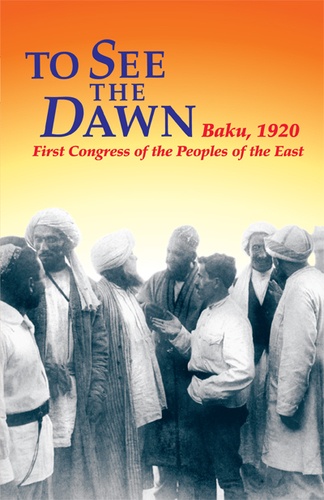
Histoire internationale
To See the Dawn. Baku, 1920 - First Congress of the Peoples of the East
12/1993
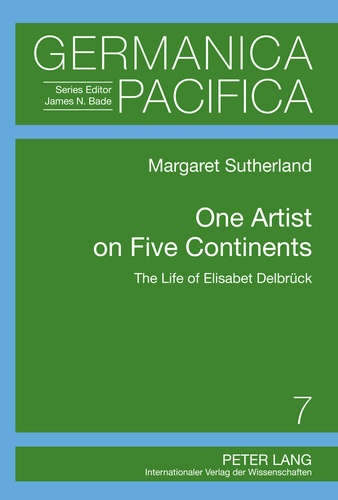
Histoire internationale
One Artist on Five Continents
12/2011
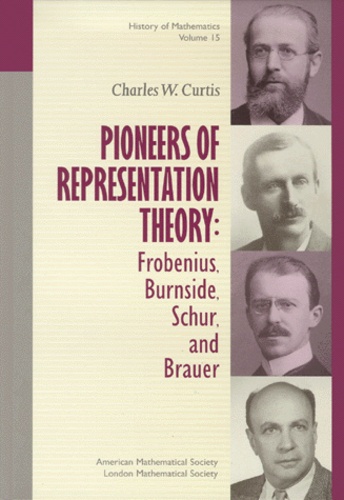
Histoire et Philosophiesophie
PIONEERS OF REPRESENTATION THEORY: FROBENIUS, BURNSIDE, SCHUR, AND BRAUER
01/1999

Musique classique
Songs of Love. 12 Romances. 12 Lieder. Soprano (tenor) and piano.
12/2023

Littérature française
Les inventeurs. Essai
02/2017

Histoire et Philosophiesophie
Charles Darwin's Zoology Notes & Specimen Lists from H.M.S. Beagle
01/2000

Histoire internationale
The power of hope. The First Lady of Burundi. My story
07/2013
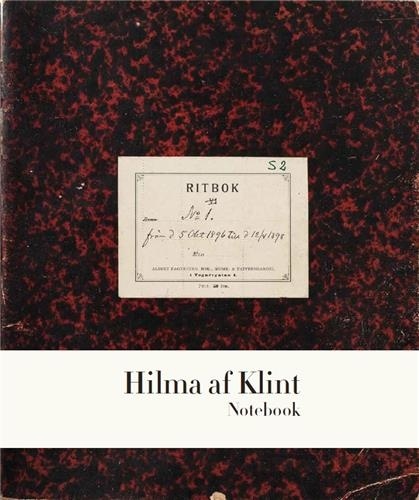
Monographies
Hilma af Klint. The Five Notebook 1
01/2022

BD tout public
I am GooGol - The Great Invasion
12/2010
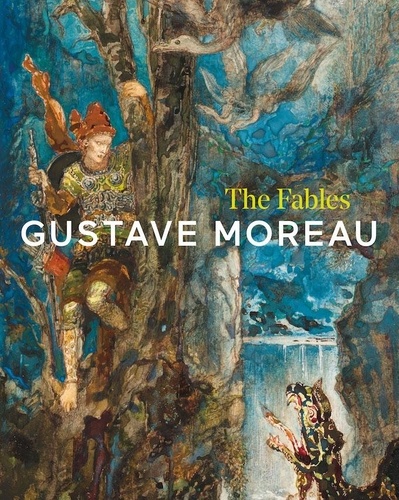
Monographies
Gustave Moreau. The Fables
08/2021
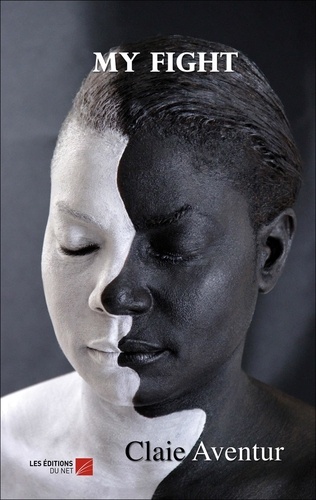
Critique littéraire
My Fight
06/2016
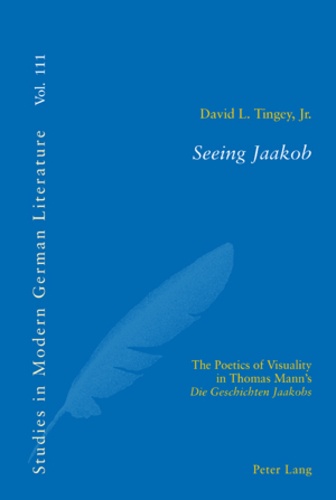
Non classé
Seeing Jaakob
06/2010

Informatique
LEARN ACTIVEX DEVELOPMENT USING VISUAL C++ 6.0. CD-ROM included
01/1999

Non classé
Shakespeare's Reception in 18th Century Italy
06/1993
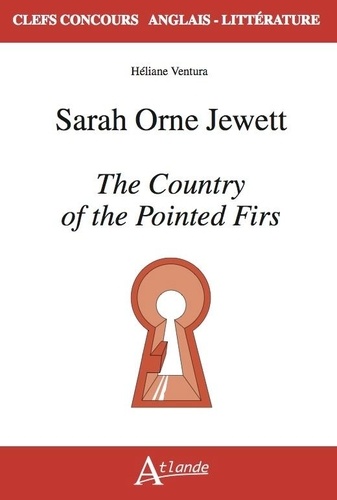
Divers
Sarah Orne Jewett. The Country of the Pointed Firs
04/2022

Monographies
Burmese Silver from the Colonial Period
09/2022

Sciences politiques
The Structure of Political Communication in the United Kingdom, the United States and the Federal Republic of Germany
11/1987

Non classé
The Philosophical Background to Friedrich Schiller's Aesthetics of Living Form
12/1982
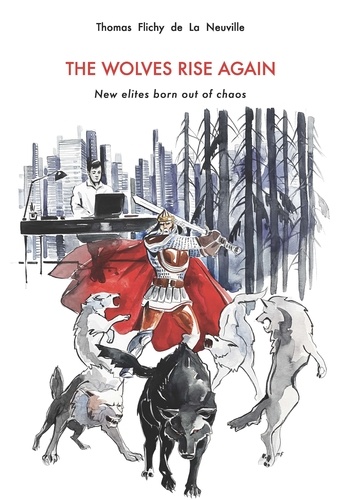
Ethnologie et anthropologie
The Wolves Rise Again. New elites born out of chaos
06/2022

Non classé
Oaths, Vows and Promises in the first Part of the French Prose Lancelot Romance
02/1993
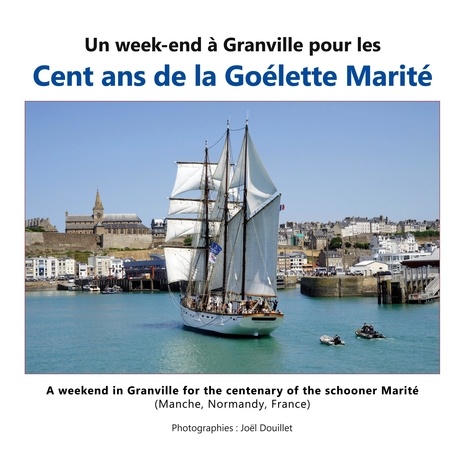
Bâteaux
Un week-end à Granville pour les cent ans de la goélette Marité
07/2023

Littérature étrangère
The unparalleled invasion / Une invasion sans précédent / La invasión sin paralelo. A political anticipation short story from Jack London (1910) / Une nouvelle d'anticipation politique de Jack London (1910), Edition français-anglais-espagnol
03/2017

Lecture 6-9 ans
L'énigme du sabre. Edition bilingue français-anglais
06/2018
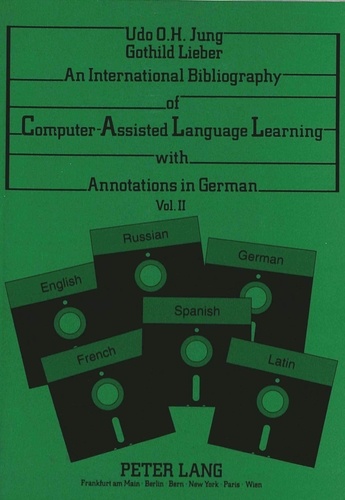
Sciences politiques
An International Bibliography of Computer-Assisted Language Learning with Annotations in German
09/1993

Histoire et Philosophiesophie
The Undergrowth of Science. Delusion, self-deception and human frailty
01/2000

Non classé
German-Irish Corporate Relationships
02/2004

Histoire ancienne
THE ROMAN CAVALRY. From the First to the Third Century AD
01/1992
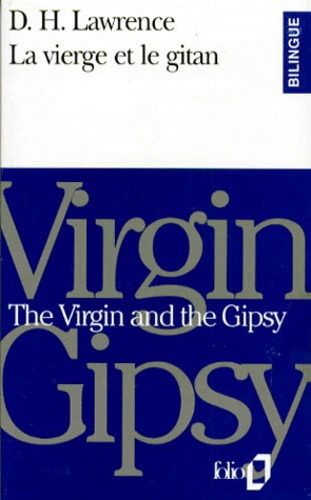
Anglais apprentissage
LA VIERGE ET LE GITAN : THE VIRGIN AND THE GIPSY
02/1993
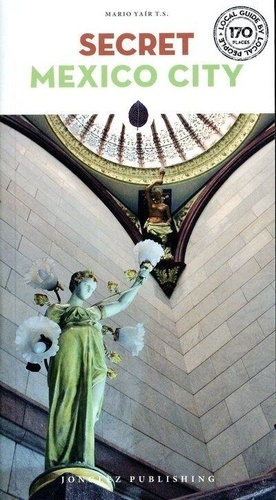
Mexique
Secret Mexico City
02/2024

